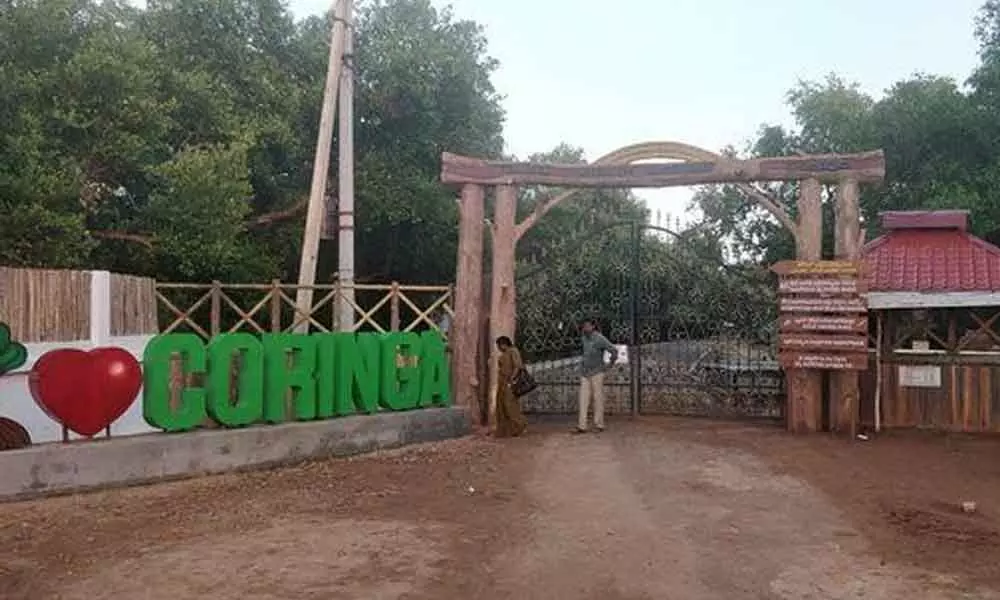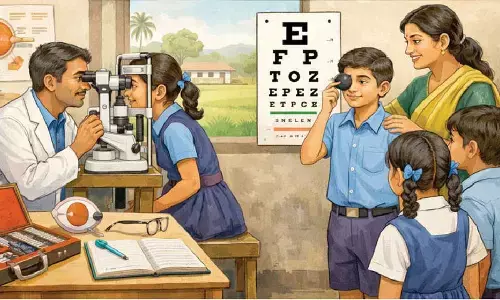Kakinada: 177 sq km Coringa Wildlife Sanctuary declared Eco Sensitive Zone

Coringa Wildlife Sanctuary
The Ministry of Environment, Forest and Climate Change has declared 177.30 sq km surrounding the Coringa Wildlife Sanctuary (CWS) as an Eco Sensitive Zone (ESZ) to protect it from future threats in the Godavari estuary in Andhra Pradesh.
Kakinada: The Ministry of Environment, Forest and Climate Change has declared 177.30 sq km surrounding the Coringa Wildlife Sanctuary (CWS) as an Eco Sensitive Zone (ESZ) to protect it from future threats in the Godavari estuary in Andhra Pradesh.
The total area of sanctuary comprises three reserved forests-- Coringa Reserved Forests, Coringa Extension Reserved Forests and Bhyravapalem Reserve Forest-- extending over an area of 235.70 kilometres, including the entire Hope Island in the Bay of Bengal. The gazette of the ESZ was published on the September 22.
The Coringa Wildlife Sanctuary is a beautiful home ground for fishing cats and smooth coated otters. Dugongs and dolphins are rare visitors of the sanctuary moving from the sea side.
The population of foxes and rhesus macaques are also inhabitants. Olive Ridley turtles are also breeding in Hope Island and thus the sanctuary provides vital sites in conservation of Sea Turtles (Olive Ridley).
The sanctuary is also an important habitat for the birds and more than 234 species of birds including black headed gull, common sandpiper, red shank, little egret, cattle egret, grey heron, western reef heron, open billed stork, pied kingfisher, black capped kingfisher and small blue kingfisher.
On the sea side of the sanctuary, the Eco Sensitive Zone extends from 500 metres to 5 kilometres excluding the port limits, 50 meters northern boundary and upto 11.5 kilometres towards the southern side and restricted to 50 metres from the boundary line of Coringa Wildlife.
The State government has been directed to prepare a Zonal Master Plan within a period of two years to protect ESZ.
The Zonal Master Plan to be prepared in consultation with the Environment, Forest and Wildlife, Agriculture, Revenue, Urban Development, Tourism, Rural Development, Irrigation and Flood Control, Municipal, Panchayat Raj, Andhra Pradesh State Pollution Control Board and Public Works departments.

















